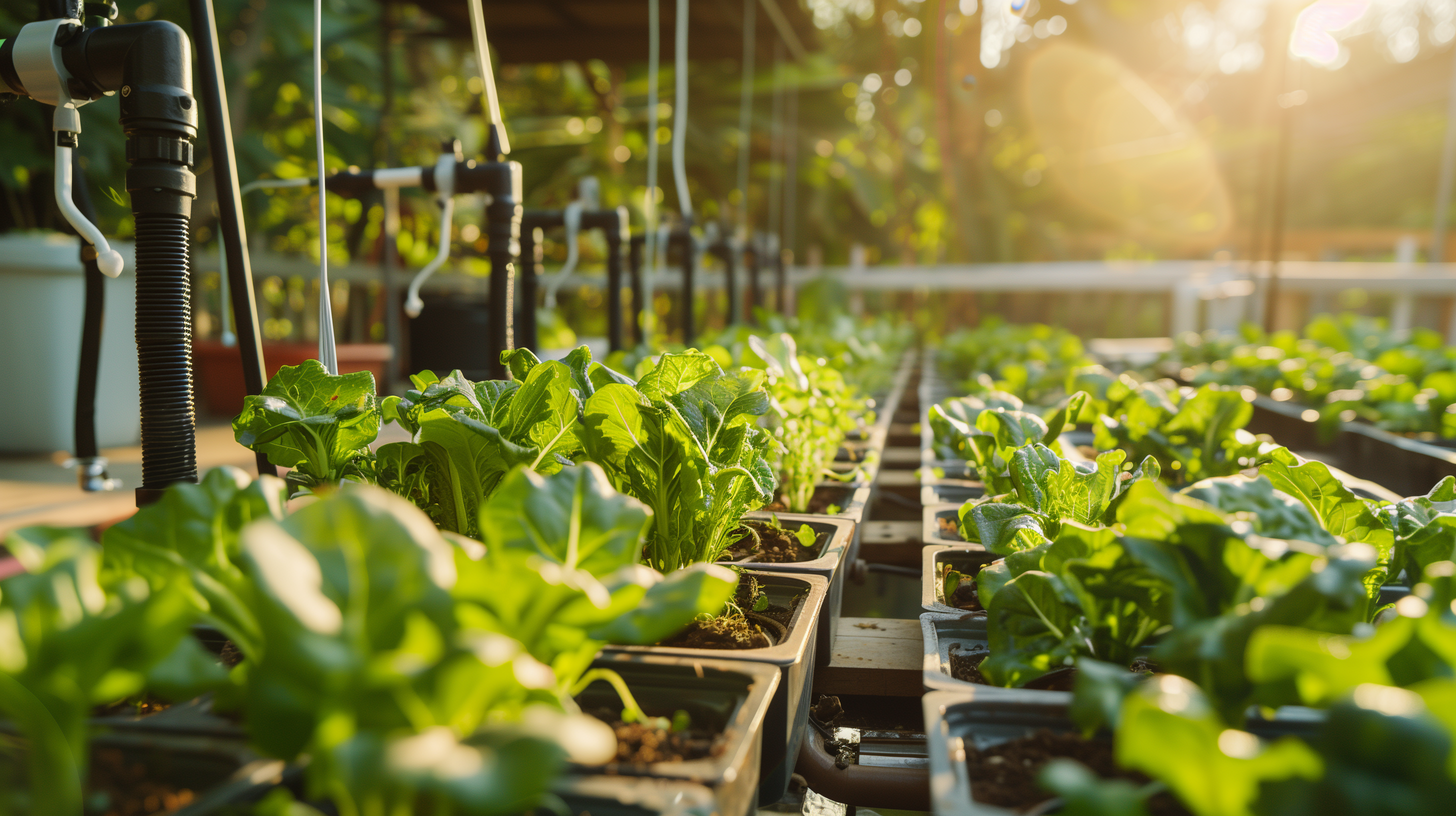Drip irrigation hydroponics offers a flexible, scalable system for growing leafy greens — and when paired with smart controllers like OpenSprinkler, you get full automation with almost no maintenance.
💧 How It Works
Nutrient solution is pumped or gravity-fed through tubing to drip emitters placed at the base of each plant. The solution drains back into a reservoir for reuse (recirculating), or it can be a one-way (non-recirculating) system.
⚙️ Integration with OpenSprinkler
Using OpenSprinkler (open-source smart irrigation controller), you can:
- Schedule nutrient feeds automatically
- Trigger watering based on time of day or external sensors (e.g., temperature or humidity)
- Control multiple hydroponic beds/zones via mobile or web interface
✅ Example Setup:
- OpenSprinkler controls a 12V pump or solenoid valve
- Drip lines connected via 3D-printed manifolds
- Each drip head targets one plant container
🛠️ 3D Printable Components
- Drip line manifolds (custom-spaced for beds or buckets)
- Valve housings for micro-solenoids
- Plant collars to guide drip feed
- Reservoir clips and line holders
🥬 Suitable for: Rocket, spinach, mizuna, mustard greens.
🇦🇺 Aussie Tip
On the East Coast, automate watering early morning or late evening to reduce algae and evaporation. Print dark-colored components or house them in shaded enclosures.
Coming Soon:
✅ Printable drip ring STL files
✅ OpenSprinkler JSON config templates for hydroponic feeds
✅ 3D-print-ready smart pump mount with power isolation
This setup makes hydroponics even more hands-off — perfect for busy growers and automation fans.
